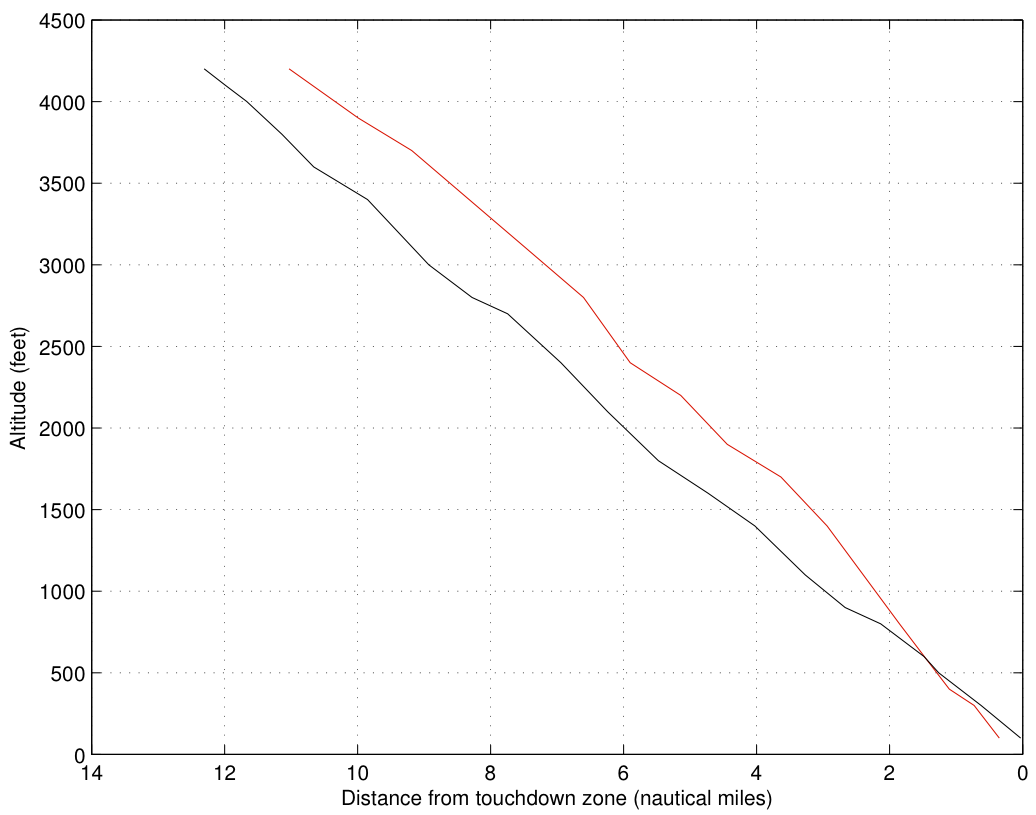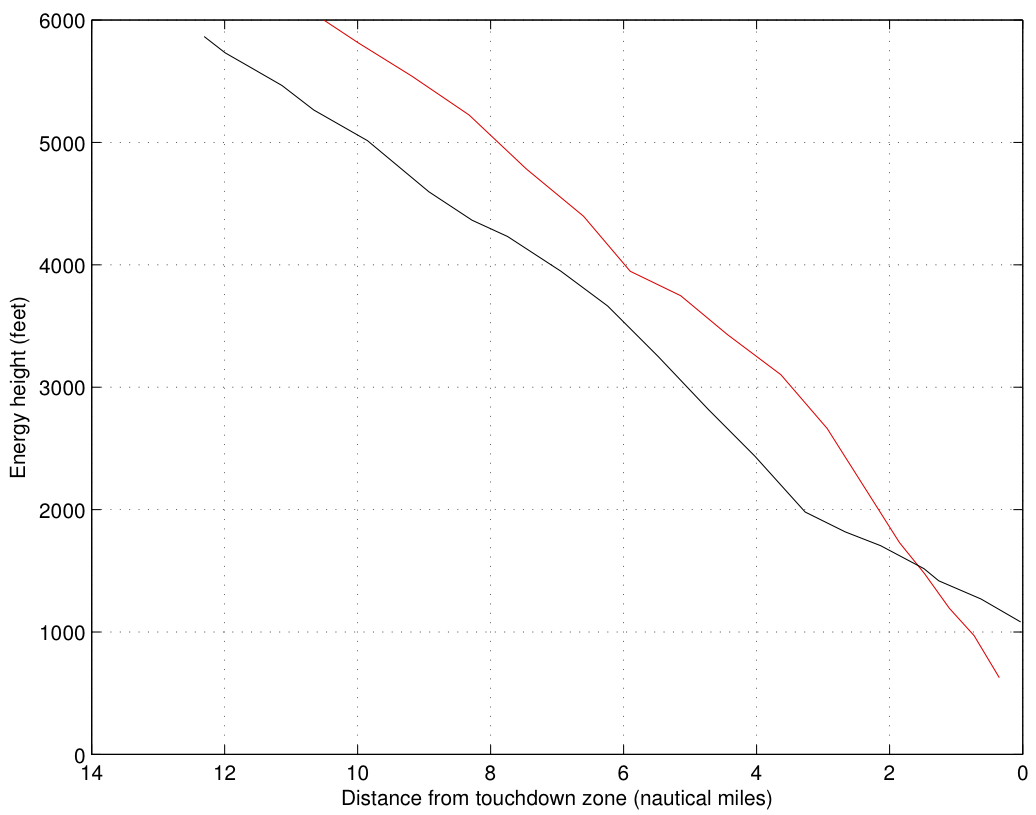albatross710
Established Member
- Joined
- May 15, 2004
- Posts
- 3,831
The NTSB has just held another press conference, two interesting facts, they are interviewing all four flight deck crew including the check captain, and impact was at 106kts, up from the lowest speed of 103kts during the approach. Target speed was 137kts.
My understanding from various observations is that the aircraft was at a high nose up attitude which would be consistent with trying to maintain altitude at the slowing airspeed. The sort of thing that flight instructors teach us to intentionally do until eventually the aircraft stalls. So with this high AOA the aircraft was heading for a stall unless it had some help from the engines.
The 106 knt speed still appears to be below the stalling speed according to this reference. With the high angle of AOA the speed and resulting lift would have been disappearing very quickly.
Looking at the flight path comparison posted by vec earlier in the thread the aircraft was initially high on approach, requiring less power to intercept the approach, then it comes out of the steeper descent before sinking towards the runway.
Nothing new with this information, I guess the investigators need to determine the reason the required power was not forthcoming from the engines whether by command or other issue.
I heard mention that the throttles were at idle. I wonder if it would have been a help to increase the throttle prior to making the radio call for a go around. Something about aviate, navigate, communicate.
Whatever is the case, no doubt their will be multiple contributing factors which led to this situation.
Cheers
Alby

















